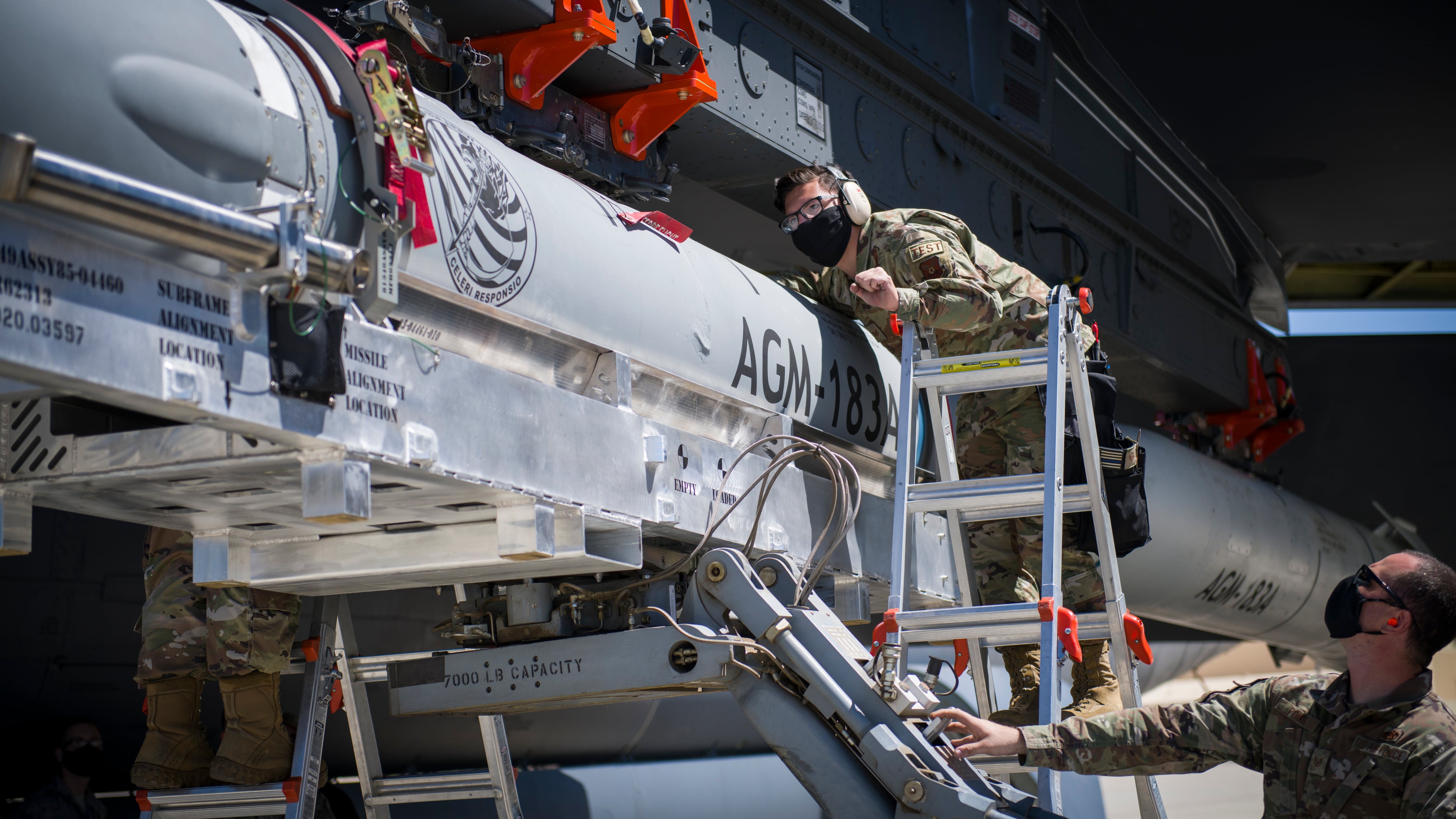WASHINGTON — Demand for munitions to support Ukraine’s fight against Russia — and the resulting need to backfill U.S. weapons stockpiles – could put a significant strain on the industrial base as the Pentagon works to transition its first hypersonic weapons programs from development to production in the coming years.
Defense officials see hypersonic weapons, which can travel and maneuver at speeds of at least Mach 5, as a gamechanger in future conflicts, designating the technology a “critical” focus area. The U.S. Department of Defense has 10 unclassified programs in development, the first of which — the Army’s Long Range Hypersonic Weapon — could field as soon as this year.
A report from the National Defense Industrial Association, released May 11, emphasizes that the shift from developing and testing hypersonic technology to fielding weapons in high numbers will require targeted funding from the Pentagon and a focused effort on shoring up the supply bases.
While that presents a challenge on its own, industry executives and experts said during a May 11 NDIA event in Washington, DC, it will likely be further complicated by the push to replenish conventional U.S. weapons stockpiles and continue to aid Ukraine’s fight against Russia.

“In addition to ramping up for the hypersonic mission, you still need to ramp up your facilities and supply chains for just backfilling the conventional products,” said Jason Fischer, market lead for high-speed tactical boosters at Northrop Grumman. “It is probably a good problem to have for industry, but it is certainly a challenging one as well.”
As of May 9, the U.S. had committed more than $37.6 billion in security assistance to Ukraine, including more than 1,600 Stinger anti-aircraft missiles, 10,000 Javelin anti-tank missiles and 60,000 “other” anti-armor and munitions, according to a State Department fact sheet.
Fischer said companies are getting more frequent requests from DoD to produce conventional missiles at much higher rates and on shorter timelines. Those are the hardest scenarios for industry to respond to because they often require additional capital investment in facilities and equipment.
Marty Hunt, vice president of hypersonics and advanced materials at Dynetics, said the compounding demand not only impacts production capacity, but it also makes it harder to access the raw materials needed to produce hypersonic weapons.
“When the demand changes, and additional demand is added outside of hypersonics, it starts drawing on the resources within the hypersonic supply chain,” he said.
Increased demand also puts strain on the workforce, Hunt added, requiring companies to shift personnel from hypersonics development and toward high-need product lines.
“When these other supply chains are flexing and increasing demand, it draws the high-tech workforce away from hypersonics, which has a negative effect,” he said. “It can slow down the efforts and the programs that we have in process.”
Courtney Albon is C4ISRNET’s space and emerging technology reporter. She has covered the U.S. military since 2012, with a focus on the Air Force and Space Force. She has reported on some of the Defense Department’s most significant acquisition, budget and policy challenges.






